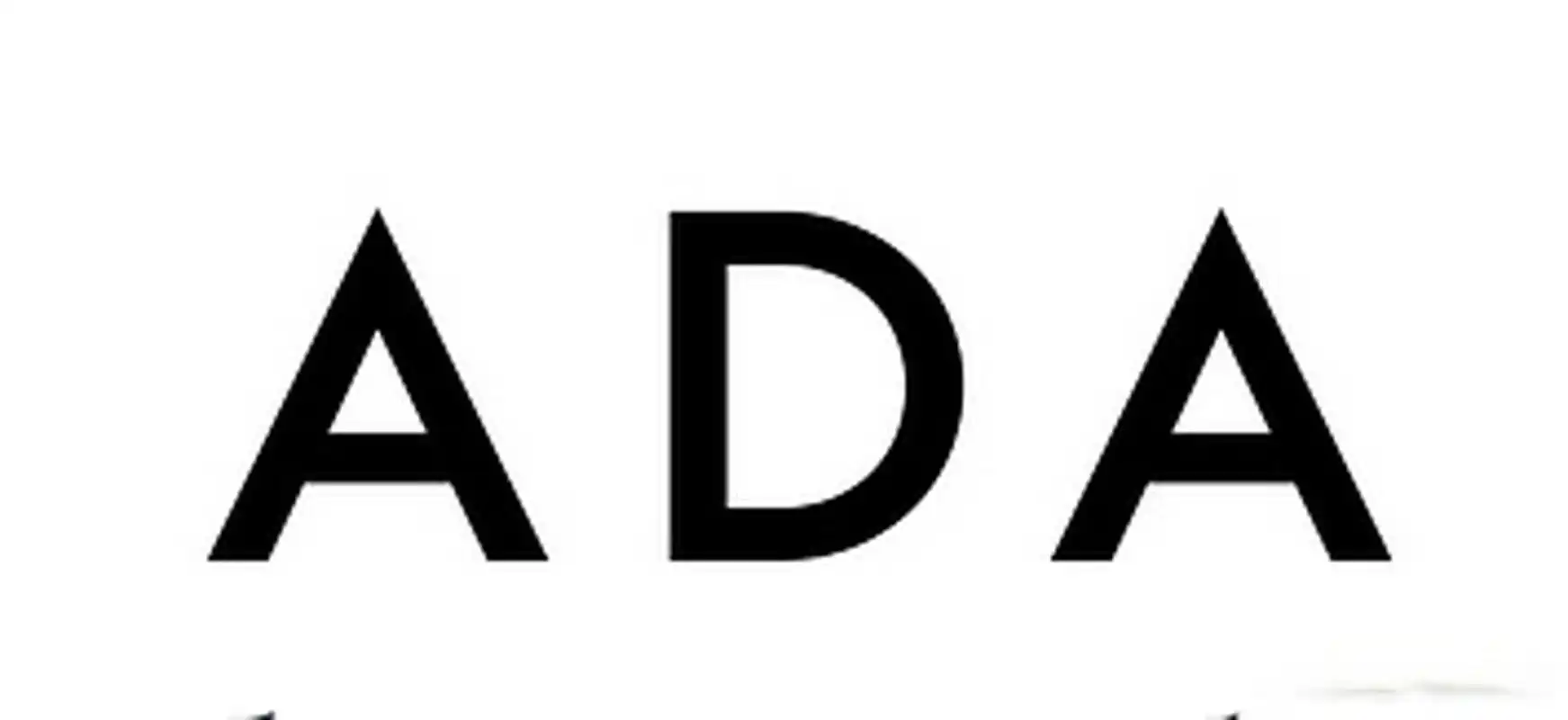ADA is the native cryptocurrency of Cardano, a third-generation blockchain platform focused on scalability, sustainability,
and interoperability. Designed to support smart contracts and decentralized applications (DApps), ADA has emerged as on
e of the top cryptocurrencies by market cap. In this guide, we’ll explore ADA’s technology, use cases, staking benefits, and
why it stands out in the competitive crypto market.
What Is ADA?
ADA is the fuel powering the Cardano blockchain, named after Ada Lovelace, a 19th-century mathematician considered
the first computer programmer. Unlike Bitcoin (a pure payment system) or Ethereum (which initially used Proof of Work),
Cardano was built from the ground up using Proof of Stake (PoS) through its Ouroboros consensus mechanism, ma
king it more energy-efficient and scalable6.
Key Features of ADA & Cardano
Layered Architecture – Cardano separates settlement (ADA transactions) and computation (smart contracts) into two layer
s for better efficiency.
Peer-Reviewed Development – Unlike many blockchain projects, Cardano’s upgrades are academically researched befor
e implementation.
Smart Contract Capabilities – With the Alonzo upgrade, Cardano introduced Plutus, a secure smart contract platform fo
r DeFi and DApps.
Low Transaction Fees – ADA transactions cost a fraction of Ethereum’s gas fees, making it attractive for microtransaction
s.
Why ADA Stands Out in the Crypto Market
1. Eco-Friendly Blockchain
While Bitcoin and Ethereum (pre-Merge) relied on energy-intensive mining, Cardano’s PoS model reduces energy consum
ption by ~99%, appealing to ESG-focused investors6.
2. Strong Staking Rewards
- ADA holders can stake their coins to earn passive income (typically 4-6% APY).
- Unlike some PoS blockchains, Cardano allows delegation without locking funds, maintaining liquidity.
3. Real-World Adoption
Government Partnerships: Cardano has worked with Ethiopia and Georgia on blockchain-based identity and land
registry solutions.
DeFi & NFT Growth: Despite a slower start than Ethereum, Cardano now hosts SundaeSwap, Minswap, and JPG Stor
e (an NFT marketplace).
4. Upcoming Upgrades
- Hydra: A Layer 2 scaling solution that could process 1 million+ transactions per second (TPS).
- Basho: Focused on further optimizing scalability and network performance.

ADA vs. Competitors (ETH, SOL, DOT)
FeatureADA (Cardano)Ethereum (ETH)Solana (SOL)Polkadot (DOT)ConsensusPoS (Ouroboros)PoS (Post-Merge)PoH
+ PoSNominated PoSSmart ContractsYes (Plutus)Yes (Solidity)Yes (Rust)Yes (Wasm)TPS~250 (Hydra: 1M+)~30 (Roll
ups: 2K+)50K+1K+Energy UseVery LowLowModerateLow
ADA’s methodical development approach makes it a long-term contender against Ethereum, though it currently lags in
DeFi adoption compared to Solana.
How to Buy & Stake ADA
Purchase ADA on major exchanges like Binance, Coinbase, or Kraken.
Transfer to a Wallet (Daedalus for full nodes, Yoroi for light wallets).
Delegate to a Stake Pool – No minimum ADA required, and rewards compound every 5 days.
Future Outlook: Is ADA a Good Investment?
- Pros: Strong fundamentals, institutional interest, and upcoming scalability solutions.
- Cons: Slower development pace than competitors, smaller DeFi ecosystem.
With Cardano’s focus on Africa, education, and banking the unbanked, ADA could see significant real-world utility growth in the next 5 years.
Conclusion
Hibt:ADA is more than just a cryptocurrency—it’s the backbone of a scientifically rigorous blockchain designed for sustaina
bility and global adoption. Whether you’re a long-term investor, DeFi user, or eco-conscious crypto enthusiast, ADA offers a
unique value proposition in the evolving digital economy.
Start exploring ADA today and stake your way to passive income!